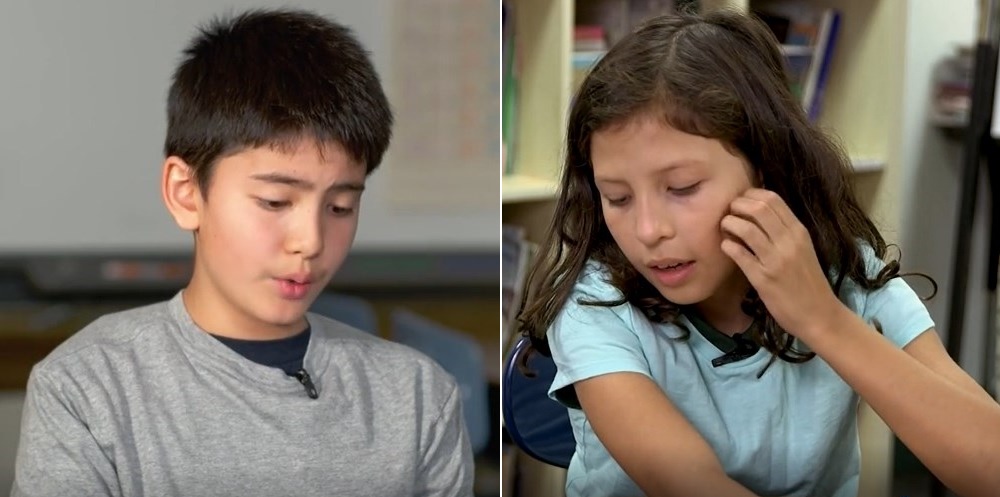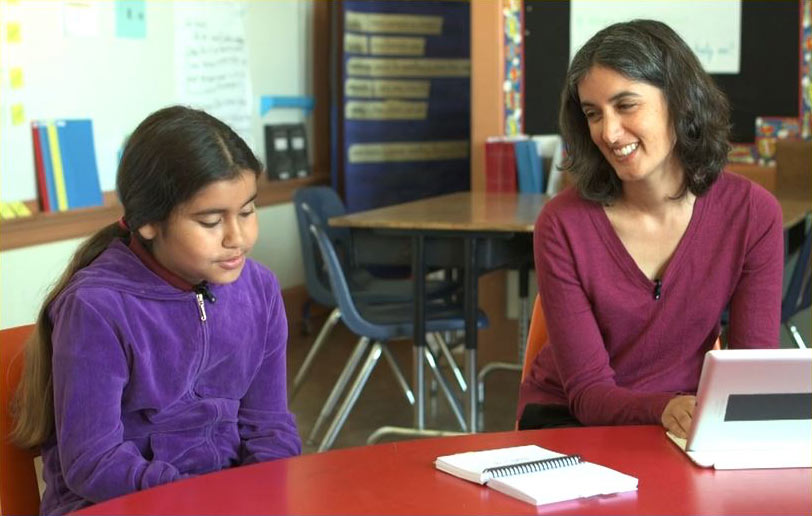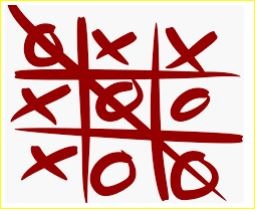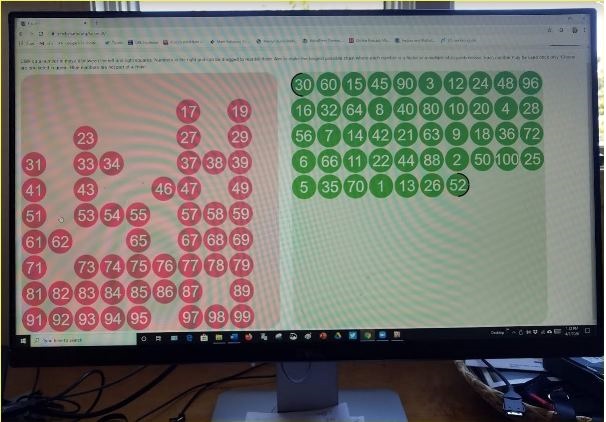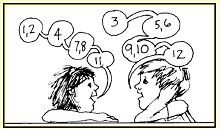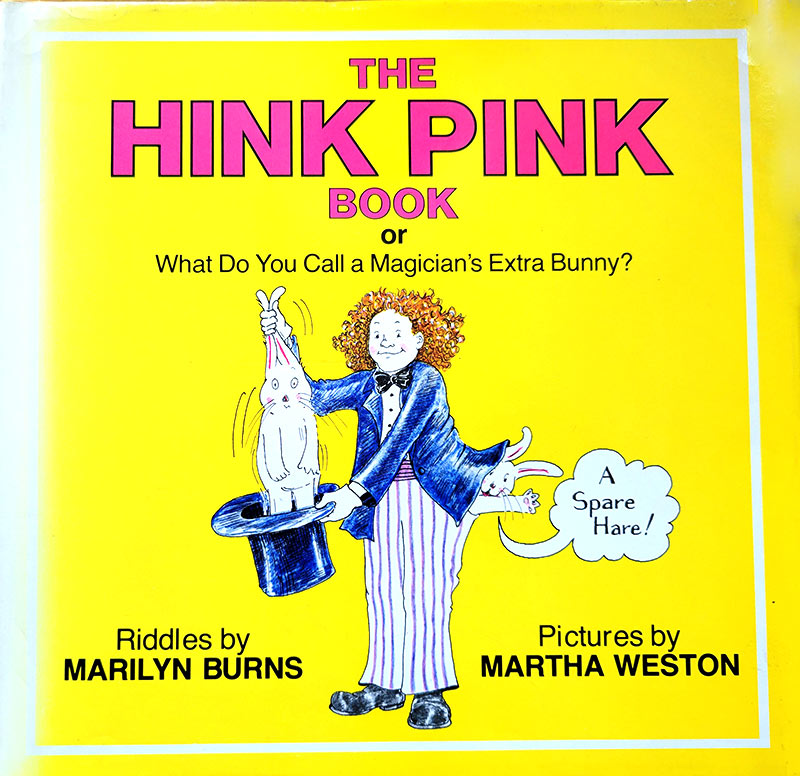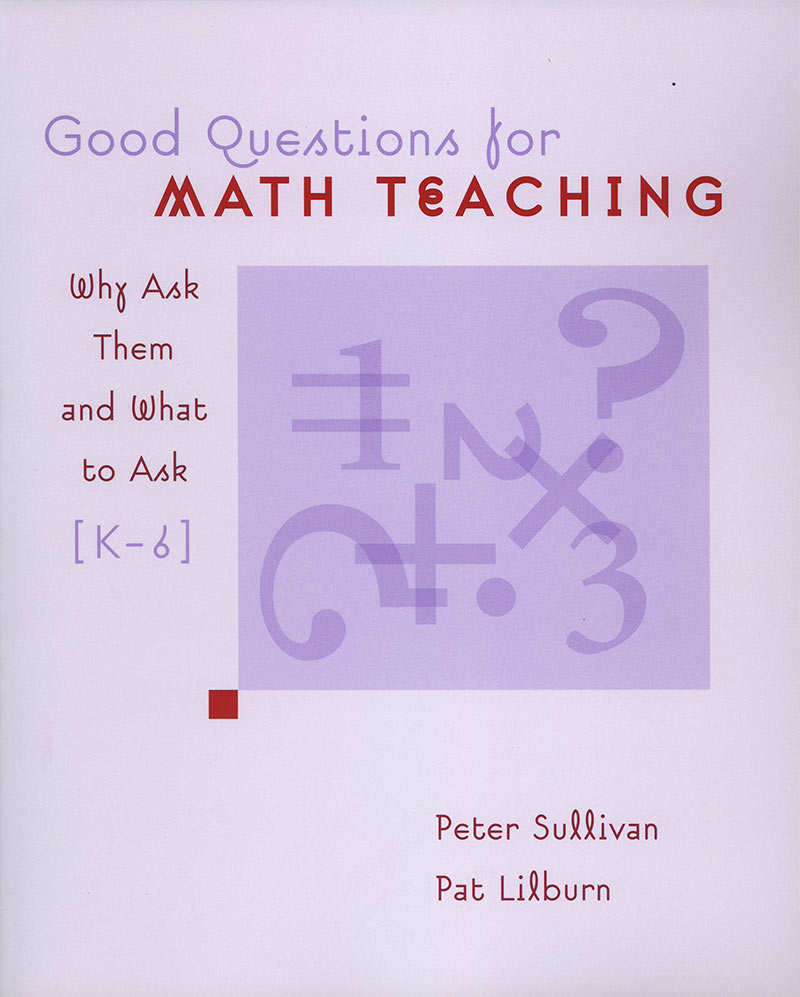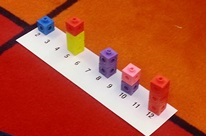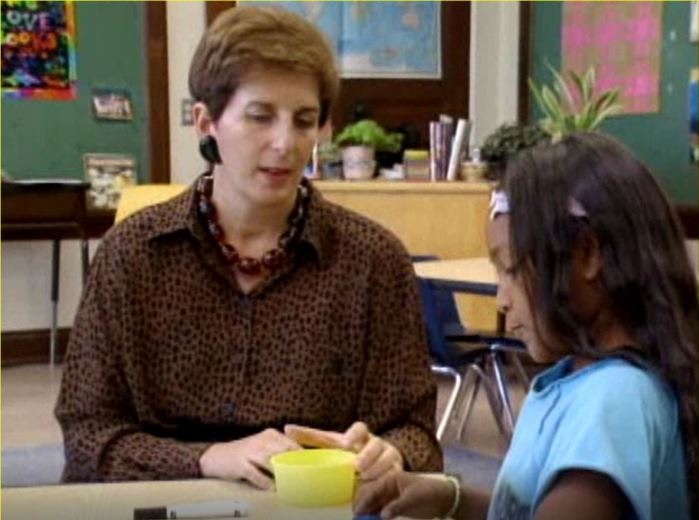
Yes, that’s a photo of me, taken about 30 years ago when I was conducting my first ever math interview. That was an extraordinary experience. It dramatically shifted my professional focus and, after all these years, has finally resulted in Listening to Learn, a digital interview tool to help K–5 teachers learn about how their students reason.
Marilyn BurnsMay 25, 2021

